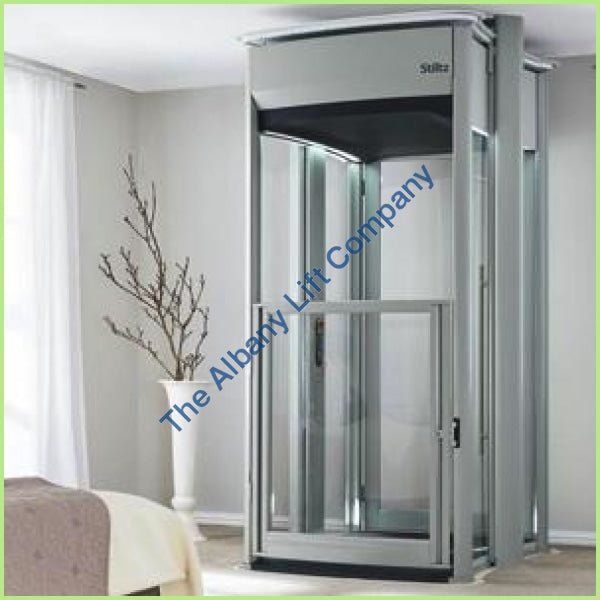Delving Into the Globe of Lifts: Usual Problems Dealt With by Different Lift Devices
As we browse through the upright transport systems of contemporary structures, lifts stand out as a vital component of our day-to-day lives. From hydraulic elevators to traction systems and machine-room-less designs, each lift type comes with its collection of typical problems.
Hydraulic Elevators
Hydraulic elevators, commonly chosen for low-rise buildings, use fluid stress to manage the movement of the elevator cars and truck (lift repair companies). This mechanism involves a hydraulic pump pressing oil into a cyndrical tube, creating the lift to relocate in the desired direction. While hydraulic lifts are understood for their quiet and smooth procedure, they do include their very own set of common concerns
One prevalent problem with hydraulic lifts is oil leak. Additionally, issues with the control system, such as malfunctioning shutoffs or a malfunctioning pump, can cause interruptions in the elevator's motion.
Normal upkeep and timely repairs are necessary to make certain the smooth functioning of hydraulic elevators. By attending to these common issues proactively, building proprietors can minimize downtime and ensure the safety and security and performance of their vertical transport system.
Grip Elevators
When considering upright transportation systems in buildings, an additional typical type apart from hydraulic lifts is the traction elevator. Grip elevators operate making use of a system of ropes and weights that move the lift car by grasping onto the hoist ropes. This mechanism enables smoother and quicker upright transportation compared to hydraulic systems.
Among the typical concerns dealt with by grip elevators is rope wear. The consistent motion of the ropes within the grip system can cause tear and use over time, possibly causing the lift to malfunction or end up being hazardous for usage. Routine evaluations and upkeep of the ropes are important to ensure the lift's correct functioning and safety and security.
An additional issue that grip lifts may run into is connected to the control system. Troubles with the control system can cause concerns such as unpredictable movement, hold-ups in reaction times, or even total shutdowns. Normal screening and maintenance of the control system are crucial to prevent such concerns and make certain the lift's dependability.
Machine-Room-Less (MRL) Elevators

Among the essential components of MRL lifts is the compact gearless grip maker that is set up within the hoistway. This machine efficiently drives the lift car without the demand for large equipment located in traditional grip lifts. In addition, MRL elevators typically use a weight system to balance the car, more improving their power performance.
Despite their benefits, MRL elevators may face difficulties connected to repair and maintenance due to the constrained area for equipment installment. Availability for servicing elements within the shaft can be limited, requiring specialized training for professionals. Appropriate maintenance timetables and routine assessments are important to make certain the ongoing smooth operation of MRL lifts.
Overloading and Weight Limitation Issues
Are lifts furnished to manage excess weight tons efficiently and securely? Straining and weight click to read limitation concerns are vital concerns in lift operations. Lift suppliers design lifts with details weight abilities to ensure traveler safety and security and tools longevity. Going beyond these weight limits can result in numerous problems, including mechanical failures, hold-ups, and safety and security hazards.
When lifts are overwhelmed, it places extreme pressure on the electric motor, wires, and various other elements, potentially creating breakdowns or malfunctions. If they find excess weight, security mechanisms such as sensing units and overload sensors are in area to avoid lifts from relocating. Furthermore, surpassing weight restrictions can result in enhanced power consumption and damage on the elevator system.
To minimize overwhelming concerns, building supervisors should plainly display weight limitations in lifts and inform occupants on the relevance of adhering to these constraints - lift repair companies. Regular upkeep checks by certified specialists can additionally help make sure that lifts are operating within risk-free weight parameters. By resolving overloading and weight limit problems proactively, structure owners can enhance lift safety and security and efficiency
Electrical System Failings
Going beyond weight limits in lifts can not just lead to mechanical problems yet also potentially contribute to electrical system failings within the lift framework. Electric system failings are an essential problem in lift procedure, as they can cause unexpected shutdowns, breakdowns, or also safety and security dangers.
Additionally, power surges or fluctuations in the electrical supply my response can additionally interfere with the lift's operation, impacting its efficiency and security. These electrical disruptions can harm delicate elevator elements such as control board, circuit card, or sensors, resulting in system failings. Routine upkeep and assessments are vital to recognize and resolve possible electrical issues promptly, making certain the risk-free and efficient procedure of elevator systems. By sticking to weight limitations and performing routine electric system checks, building proprietors can alleviate the risk of electric failures in elevators.
Conclusion

Hydraulic elevators, typically preferred for low-rise structures, use fluid pressure to regulate the activity of the elevator automobile.When considering upright transport systems in buildings, an additional common kind aside from hydraulic elevators is the grip elevator. Grip lifts operate making use of a system of ropes and counterweights that relocate the elevator auto by grasping onto the hoist ropes. Unlike typical elevators that need a different machine space to house the tools, MRL elevators incorporate many of the components within the shaft, getting informative post rid of the demand for a committed maker room.In final thought, lifts encounter usual problems such as hydraulic malfunctions, grip system failings, and electrical system issues.
Comments on “Leading Lift Companies in London: Offering High Quality Installations and Upkeep”